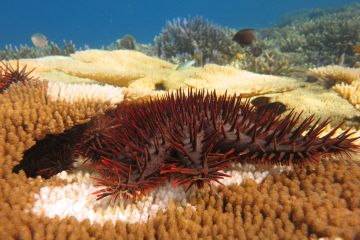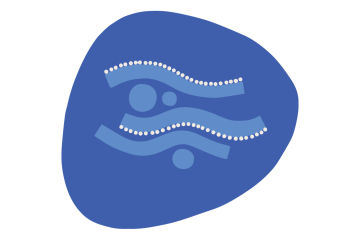Grants and opportunities
Apply now for open grants and opportunities with the Great Barrier Reef Foundation.
#Current Opportunities
There are currently no open grant opportunities. Please check again soon.
#Recently closed opportunities
If you have any questions relating to current or previous grants and opportunities please email the GBRF Grants Office at grants@barrierreef.org.
Subscribe to Reef Network News to be notified of upcoming opportunities.








